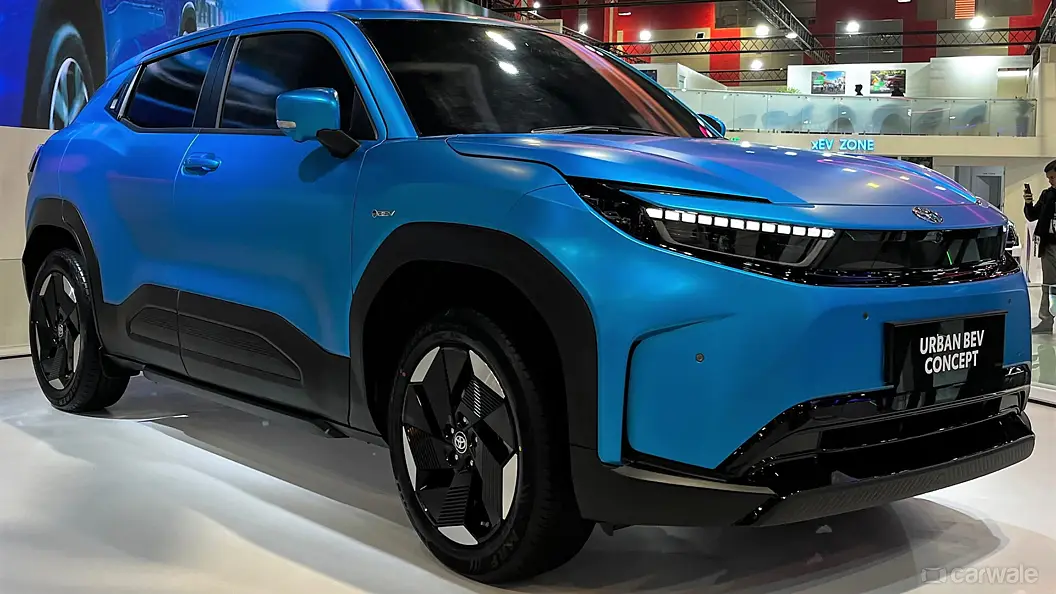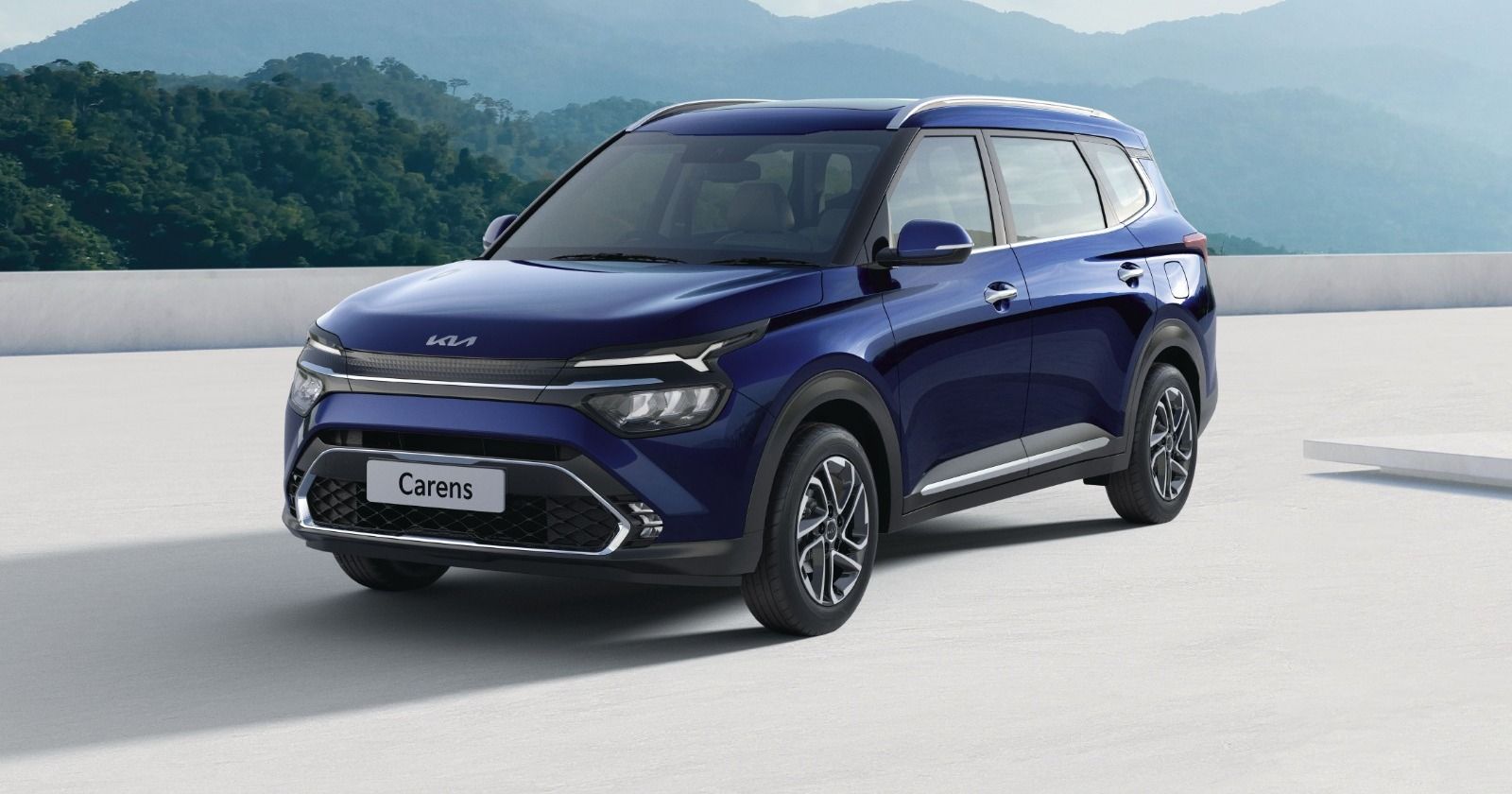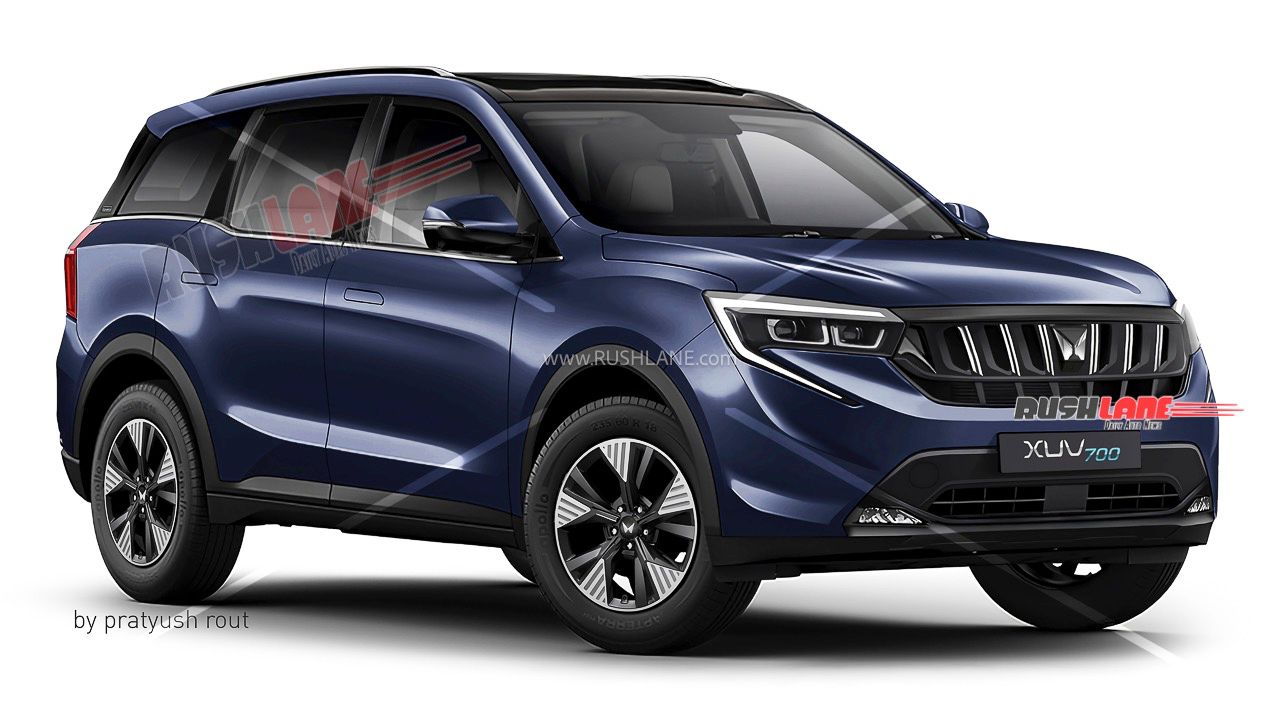As the world’s most populous nation, India is at a watershed moment regarding the adoption of sustainable and green solutions by its fast-growing urban and e-commerce sectors.
- Last-mile delivery: adoption of EVs – The need of the hour
- Government – Promoting EV Changing the Last-Mile Delivery
- Infrastructure Development and Fleet Operator Incentives
- Tackling EV Challenges
- The Environment and Economy of Electric Vehicle Adoption
- What We Learn from The Global Leaders in EV Adoption
- Future Prospects And Conclusion
- Conclusion
- FAQs
As the demand for last-mile delivery services to avoid increased congestion rises, so too does the push for EV adoption in the logistics and transportation industries. Transitioning from traditional fuel-powered cars to electric vehicles is more critical than ever.
Part of this transition is vital not just for emissions reduction but also for helping cities’ air health. The spur in the adoption of Electric Vehicles (EVs) can be used to transform India’s transport sector into one that is greener and more economically sustainable.
EV adoption is essential for India and not just limited to environmental goodness. It is also a central part of the country’s wider economic overhaul, dovetailing with goals to lessen reliance on fossil fuels, create new jobs, and clear toxins from the air.
India EV adoption is gradually reaching this critical mass — quickly accelerating toward a stage that will play a pivotal role in defining the future of mobility in India and, to a large extent, contribute toward the sustainable growth and development of the country.
Last-mile delivery: adoption of EVs – The need of the hour
Growing urbanization and e-commerce in India have led to a surging demand for last-mile delivery services. This trend is based on the assumption that the majority of these services are currently performed using internal combustion engine (ICE) vehicles, which is unsustainable from both a greenhouse gas emission and air quality standpoint.
And with more than 80% of vehicle sales globally still being dominated by ICE vehicles (both light and heavy), this would hardly be a cause for celebration, considering ICE vehicles consume fossil fuels that, in turn, are responsible for over 25% of global greenhouse gas emissions.

All of these numbers make it clear just how crucial EV adoption becomes in the context of India. The government’s positivity for the change, especially in the last-mile delivery segment, is requisite for a shift in sustainable transport solutions.
This shift has great potential in cutting down carbon emissions, reducing pollution in cities, and helping the on-course, high-growth transition to a net-zero target for 2070.
Government – Promoting EV Changing the Last-Mile Delivery
The government is a key player in the EV adoption acceleration in India. Policies that increase the adoption of EVs will include governmental measures to transition people away from internal combustion engine (ICE) vehicles.
One of the biggest obstacles to mass EV adoption in India is the cost. EVs cost more at the point of purchase than conventional vehicles. As more fleet operators and delivery companies adopt electric vehicles, economies of scale will cause prices to fall, making EV adoption more economically attractive.
The government can assist with this transition by providing financial business incentives, such as subsidies for EV purchases and tax rebates for transitioning businesses.
An area where government intervention is critical is the development of charging infrastructure. Though India has over 12,000 charging stations active today, that number is inadequate to keep up with the surge in EV sales that rural and smaller towns face.
Policies that promote private investment in charging infrastructure and the building of stations in underserviced areas will do much to alleviate these gaps.
Infrastructure Development and Fleet Operator Incentives
An important component of the successful transition of the last-mile delivery industry to EVs is thus providing end users with infrastructure and financial support. For fleet operators, the availability of charging stations, models of affordable EVs, and low-interest loans will be necessary to make the transition to electric vehicles feasible, Yoon said.
Government initiatives like bulk purchase EV subsidies and tax benefits on operational taxes for companies using EVs are crucial to promoting EV adoption.
Furthermore, localizing the production of critical components, such as batteries, would reduce import dependency and ensure more favorable costs for India’s EV adoption.
At the same time, availability and access to advanced batteries will be crucial for the future of EV adoption, and so India’s Production-Linked Incentive (PLI) scheme for advanced chemistry cell (ACC) batteries has already set the stage for growth in the domestic battery manufacturing space.
Tackling EV Challenges
However, many challenges need to be addressed for the mass adoption of EVs in India. The first obstacle is the cost barrier. There is still an inexorable upfront purchase cost to acquiring electric vehicles, especially for small businesses dependent on last-mile delivery fleets.
To achieve this goal, the government needs to increase the financial incentives for EVs. Fleet operators might also need training so they can manage and operate EVs efficiently.
Access to charging infrastructure is another major hurdle. Currently, India is still lagging far behind when it comes to electric vehicle charging infrastructure despite boasting over 12,000 charging stations nationwide.
Policymakers need to ensure that charging infrastructure development is keeping pace with the rapidly growing EV adoption rate. That will require government incentives to construct charging stations in underserved communities — like rural towns and industrial zones.
Finally, the long-term advantages of EV adoption should be better spread through dedicated awareness and education initiatives. The transition to electric vehicles can still seem like an expensive, complicated, and difficult task to many businesses.
Public-private partnerships that offer cost savings, environmentally sustainable practices, and government support to businesses can shift perceptions, drive EV adoption, and build mobility into a revenue stream.
The Environment and Economy of Electric Vehicle Adoption
There are tremendous environmental and economic benefits of full-scale and effective last-mile EV adoption. Electric vehicles can significantly reduce carbon emissions, especially in highly populated city areas where India falls way behind and makes a huge debt pay. For their part, EVs are also significantly more energy-efficient than ICEs, helping save energy in the long run.
From an economic viewpoint, the implementation of EVs in last-mile delivery can lead to lower fuel costs, which are often increased recurrent expenditures for businesses. In the longer term, the lower maintenance costs of electric vehicles — fewer moving parts and no need for regular oil changes — makes them financially feasible for companies, even though they come with a heavier price tag.
Moreover, EV adoption will stimulate new industries and job opportunities in the electric car and renewable energy sectors. For example, India’s focus on localizing EV manufacturing (battery manufacturing) will lower the country’s dependency on foreign imports, which would help improve the economy.
What We Learn from The Global Leaders in EV Adoption
India has examples of successful EV adoption models globally from which it can learn. Norway, where EV penetration is the highest, for instance, has built a vast charging ecosystem and taken tax exemptions to an extreme for these buyers. China, too, has heavily subsidized electric logistics vehicles, enabling them to move to the backbone of its last-mile delivery market.
India needs to adopt specific strategies to accelerate EV adoption in the logistics sector inspired by the learnings from other successful countries. Innovative public-private partnerships, such as those around battery swapping technology and on-demand charging solutions, can also play a role in improving EV adoption across logistics in India.
Future Prospects And Conclusion
India’s EV Adoption Journey: A Critical Moment Challenges remain, but the country has made significant progress towards integrating electric vehicles as a major part of its transportation system. Now, the focus still needs to be on tackling the infrastructural and financial hurdles that stand in the way of the widespread adoption of EVs.
With the right frameworks, EV adoption can be a transformative element in making the last-mile delivery industry sustainable, efficient, and cost-effective. Realizing this vision will require collaboration between the government, industry stakeholders, and private players, thereby ushering in a greener, cleaner, and more efficient era for India’s last-mile delivery sector.
Conclusion
In India, EV adoption is central to the nation’s green and economic transformation. With the right policy, infrastructure, and industry collaboration, we can push electric adoption in India, especially in last-mile delivery, and make way for a cleaner, greener future.
This is an article doing an outline of the EV adoption in India as of now. However, the future landscape of electric vehicle adoption may be shaped by changes in policy, technology, and market conditions as of October 2023. Check the original sources for the most up-to-date information. Read more about EV policies in India.
FAQs
1. How many electric vehicles are currently in use in India?
The electric vehicle (EV) adoption rate currently in India hovers around 2.4% of total vehicle sales; however, the government has ambitious plans to see this number reach 30% by 2030.
2. What role should the government play in EV adoption?
Policymakers in the government are playing an essential role in creating financial incentives and developing the infrastructure needed, enabling policies that make adopting EVs easier and more attractive to businesses and consumers alike.
3. What is the route for fleet operators to make the shift to electric vehicles?
Those purchasing EVs can receive subsidies, tax breaks, and low-interest loans. The government should also help develop the charging infrastructure necessary to support the transition.
5. What are the Challenges in EV adoption in India?
The main barriers to EV adoption are high upfront costs, insufficient charging infrastructure, and unawareness of the benefits of EVs among businesses and consumers.





